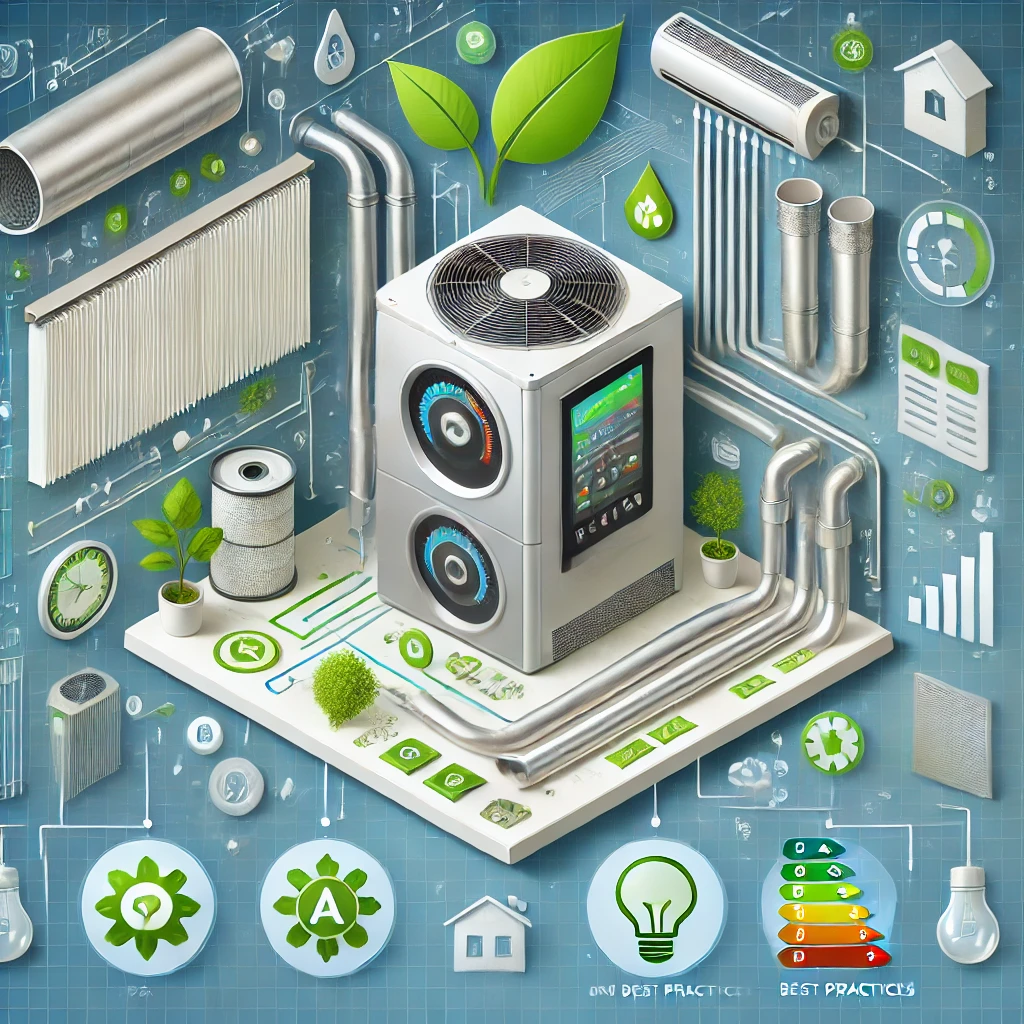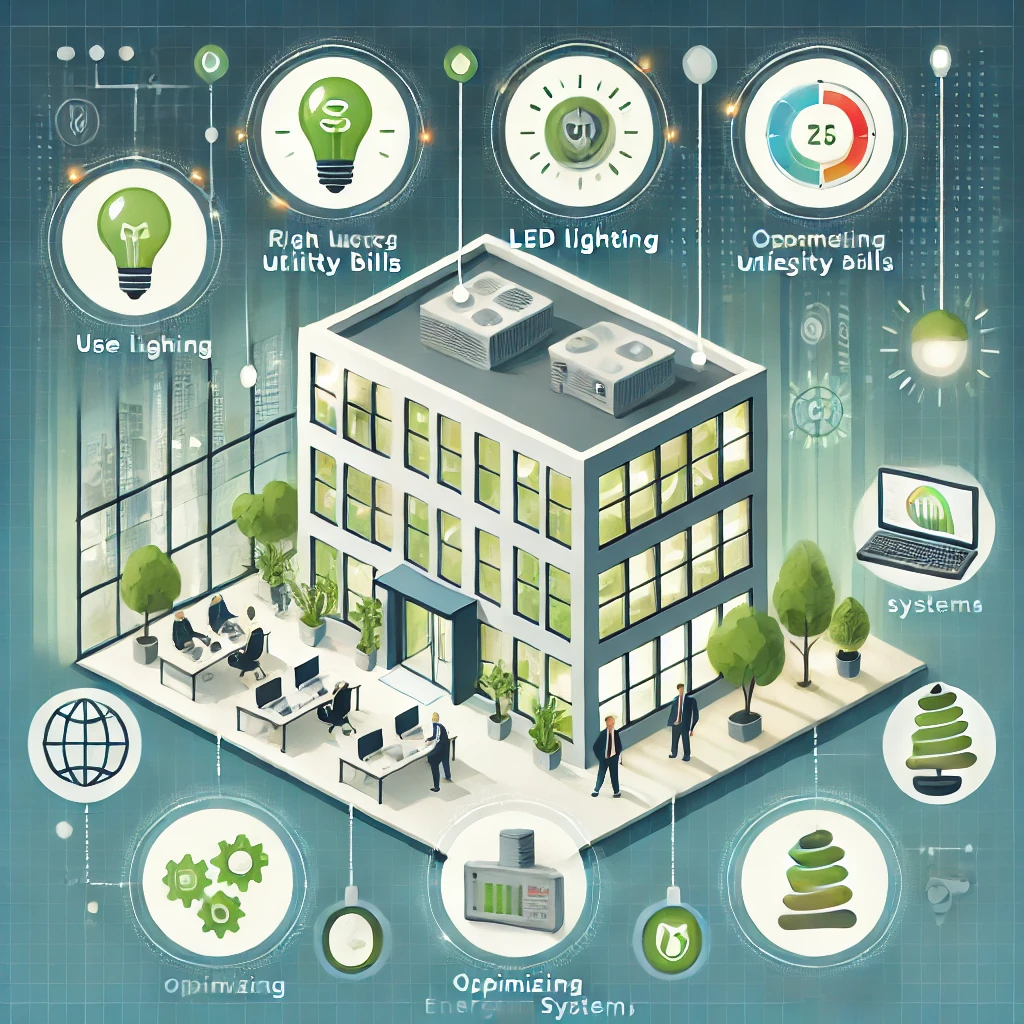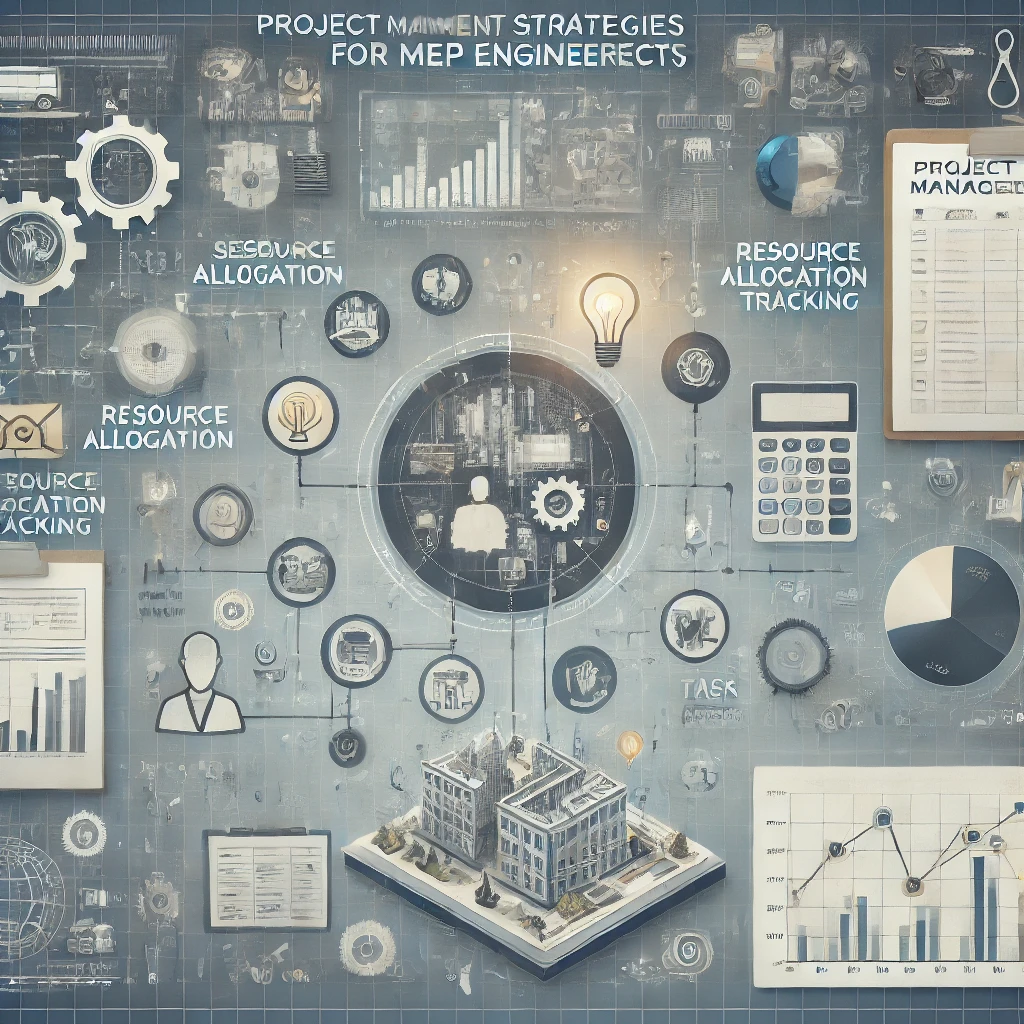Emerging Technologies in MEP Engineering: What to Expect in the Next Decade
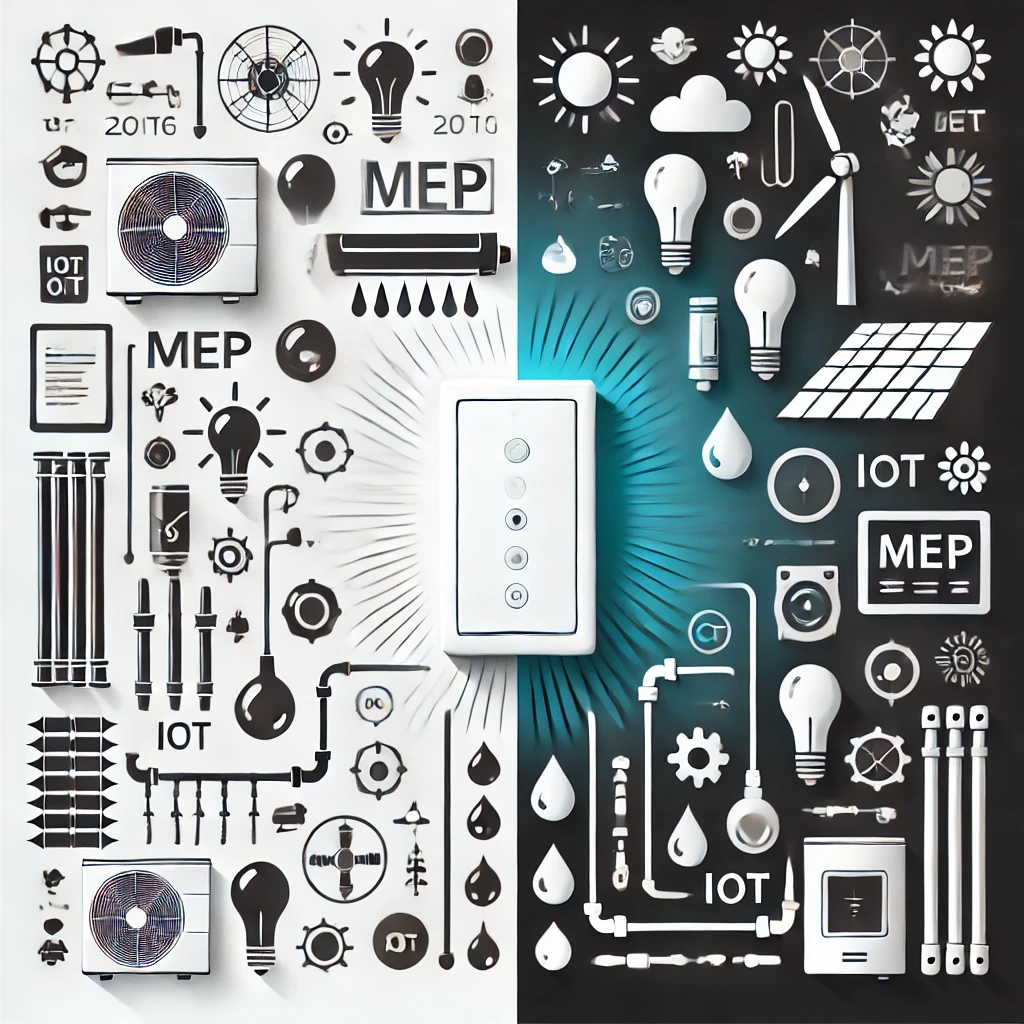
The Mechanical, Electrical, and Plumbing (MEP) engineering field is evolving rapidly as new technologies and innovations transform how buildings are designed, constructed, and operated. Over the next decade, MEP engineers can expect a significant shift toward smarter, more sustainable, and efficient systems. Emerging technologies such as artificial intelligence (AI), the Internet of Things (IoT), and advanced simulation tools are poised to revolutionize MEP engineering. Here's a look at what to expect in the future of MEP systems.
Artificial Intelligence (AI) and Machine Learning (ML) for Optimization
AI and ML are already making waves in many industries, and MEP engineering is no exception. These technologies will play an increasingly central role in the optimization and automation of MEP systems:
- Predictive Maintenance: AI can monitor the health of HVAC systems, plumbing, and electrical networks by analyzing real-time data. By identifying patterns and anomalies, AI will help predict failures before they happen, minimizing downtime and extending the lifespan of equipment.
- Energy Efficiency Optimization: AI algorithms can analyze energy usage patterns in buildings, adjusting heating, cooling, and lighting based on occupancy and environmental conditions. AI-driven energy management systems will optimize performance, reducing both energy consumption and operational costs.
- Automation and Smart Building Controls: With AI at the helm, future MEP systems will be more autonomous, making real-time adjustments based on changing conditions. This will allow for more personalized and efficient climate control, lighting, and ventilation, improving the overall comfort of occupants.
Internet of Things (IoT) Integration
The IoT is revolutionizing how MEP systems interact, providing real-time data collection and communication across systems. In the next decade, IoT integration will become even more ubiquitous:
- Connected Sensors: IoT-enabled sensors will be deployed throughout buildings, monitoring everything from temperature and humidity to air quality and water flow. These sensors will provide critical data to MEP systems, allowing for real-time adjustments and predictive insights.
- Smart Metering: IoT-connected meters will track energy and water usage with pinpoint accuracy, providing data that can be used to optimize consumption and identify inefficiencies. This will be especially critical in managing resources in large commercial or multi-residential buildings.
- Building-to-Grid Connectivity: The future of smart buildings lies in their ability to communicate with external systems, such as smart grids. MEP systems integrated with IoT technology will adjust energy consumption based on grid demand, helping balance peak loads and integrate renewable energy sources.
Building Information Modeling (BIM) and Digital Twins
The adoption of BIM in MEP engineering is already reshaping the design process. In the coming years, BIM will evolve further, and its application will expand through the concept of digital twins:
- Advanced BIM for MEP Design: BIM enables MEP engineers to create detailed 3D models of mechanical, electrical, and plumbing systems. This allows for enhanced collaboration with architects and contractors, improving the coordination and efficiency of design and construction phases.
- Digital Twins: A digital twin is a real-time virtual representation of a physical building that can be used to monitor, analyze, and optimize building performance. MEP systems, when linked to digital twins, will allow engineers to test scenarios, simulate future conditions, and predict system performance. This will revolutionize how buildings are managed, providing insights into system behavior throughout the building's lifecycle.
Sustainability and Renewable Energy Integration
With global pressure to reduce carbon footprints, the future of MEP systems will be tightly linked to sustainability goals. Engineers will increasingly focus on integrating renewable energy solutions and designing systems with minimal environmental impact:
- Solar and Geothermal Energy Integration: MEP systems will increasingly incorporate renewable energy technologies like solar panels, wind turbines, and geothermal heating/cooling systems. The challenge for engineers will be integrating these sources into the broader building infrastructure seamlessly.
- Energy Recovery Systems: Future MEP systems will be designed with energy recovery in mind. For example, heat recovery ventilators will capture energy from exhaust air and transfer it to fresh air coming in, reducing the energy needed to heat or cool a space.
- Water Conservation Technologies: New plumbing systems will prioritize water conservation through technologies like greywater recycling, rainwater harvesting, and ultra-low-flow fixtures. These systems will play a key role in helping buildings achieve certifications such as LEED (Leadership in Energy and Environmental Design).
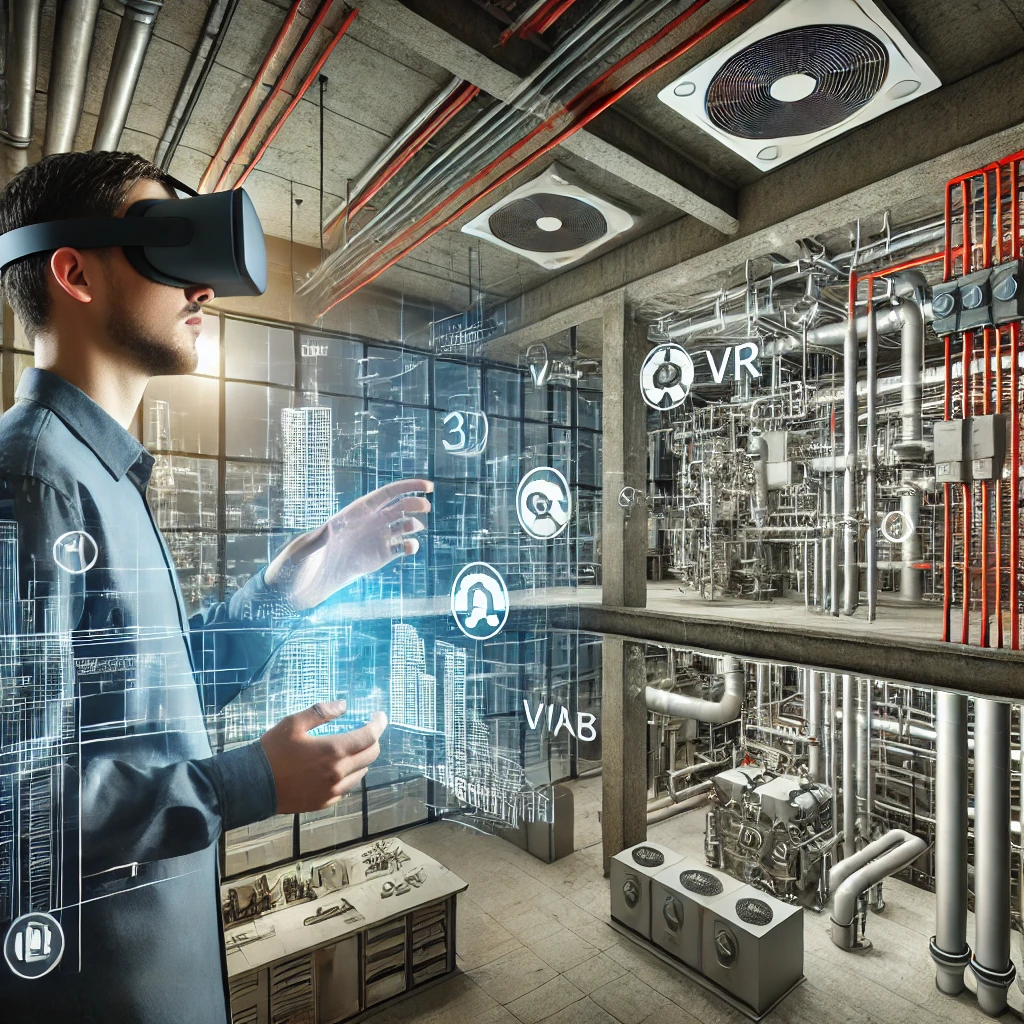
Virtual and Augmented Reality (VR and AR)
Virtual and augmented reality will become more prevalent tools in MEP engineering, helping designers and engineers visualize and interact with complex systems:
- Design Visualization: VR will allow MEP engineers to walk through a virtual version of a building before it's constructed, offering the ability to identify and resolve potential issues early in the design phase.
- Augmented Reality for Maintenance: AR can overlay critical system data onto real-world views, helping technicians perform repairs or upgrades with real-time guidance. This will improve the efficiency of MEP system maintenance and reduce errors.
Prefabrication and Modular Construction
As construction becomes more streamlined, the use of prefabrication and modular construction techniques will continue to grow, revolutionizing the way MEP systems are designed and installed:
- Off-Site Prefabrication of MEP Components: The next decade will see a rise in the off-site construction of MEP systems, which are then delivered and installed as modular components. This method reduces on-site labor, minimizes errors, and speeds up construction timelines.
- Integration with Smart Systems: Prefabricated MEP modules will come equipped with IoT sensors and smart technologies pre-installed, allowing for easier integration into the building’s automation systems once they are deployed.
Prefabrication and Modular Construction
Advances in 3D printing will allow for more customized and complex MEP components to be produced more efficiently:
- Custom MEP Components: 3D printing will allow engineers to create custom components that fit the unique needs of each project. This will be particularly valuable in retrofitting older buildings, where off-the-shelf components may not work.
- Reduced Material Waste: 3D printing and advanced manufacturing will reduce waste by enabling engineers to produce parts on-demand, minimizing the need for excess inventory.
Conclusion
The next decade in MEP engineering will be marked by the rapid adoption of advanced technologies that enhance efficiency, sustainability, and building performance. As AI, IoT, BIM, and digital twins become more integrated into building systems, MEP engineers will need to embrace these innovations to design smarter, more responsive buildings that meet the needs of future occupants and environmental regulations. The future of MEP is not only about improving technical systems but also about creating environments that are comfortable, sustainable, and intelligent.
Category:

